An island so big that it's considered a continent, Australia is one of the most fascinating places you can visit. Its expansive territory is marked by a gigantic desert that holds natural treasures. Near its shores, there are islands with turquoise water, dense rain forests, deep caves and the Great Barrier Reef.
It's really no surprise that the country has a total of 20 UNESCO World Heritage Sites. If you want to see the best the country has to offer, follow this map of the 10 most incredible sites, ordered from north to south.
Kakadu National Park
Located in Australia's Northern Territory, Kakadu National Park is an amazing nature preserve that boasts tidal flats, tall cliffs, floodplains and more. Here, you'll find a number of interesting species, like the fearful crocodile.
But the park doesn't just protect nature. Cave paintings, archaeological sites and rock carvings tell the story of the Aboriginal people who have been living here for over 40,000 years.
Purnululu National Park
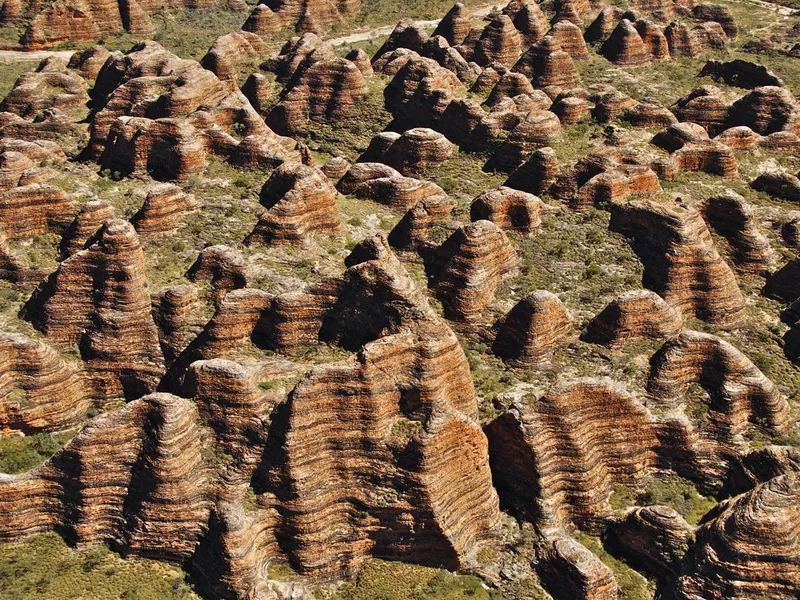
simonkr / Getty Images
Show someone a picture of Purnululu National Park, and they probably would never guess it's in Australia. Its most distinctive feature is the Bungle Bungle Range, made of rock formations with carved horizontal stripes that give an illusion of movement.
As one of the country's lesser-known natural landmarks, you'll likely share this breathtaking place with only a few other people.
Great Barrier Reef
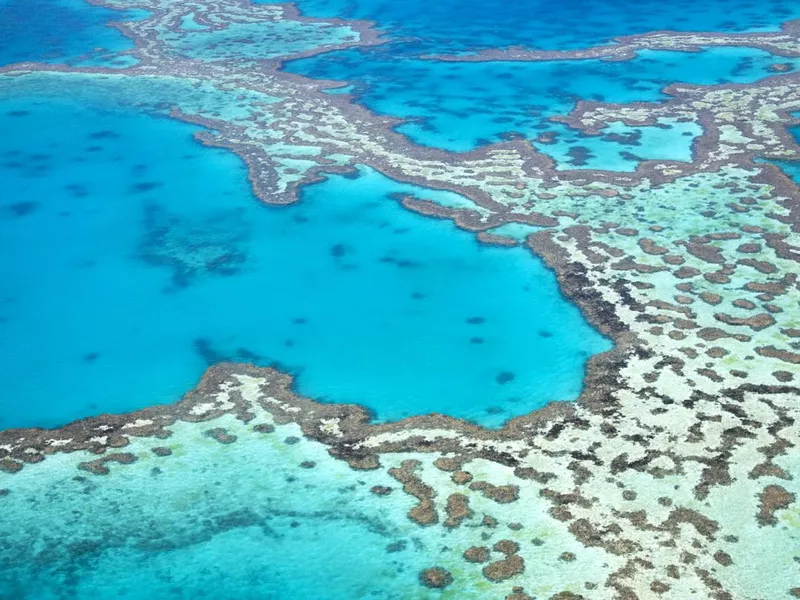
mevans / Getty Images
One of the Seven Natural Wonders of the World, the Great Barrier Reef houses 400 types of coral and 1,500 species of fish. This important ecosystem is one of the most awe-inspiring natural destinations anyone can visit.
Go on a day trip and snorkel or dive amongst sea turtles, manta rays and, yes, reef sharks. But if you want to really immerse yourself in the reef, book a stay at an underwater hotel and sleep surrounded by the silence of the water.
Fraser Island
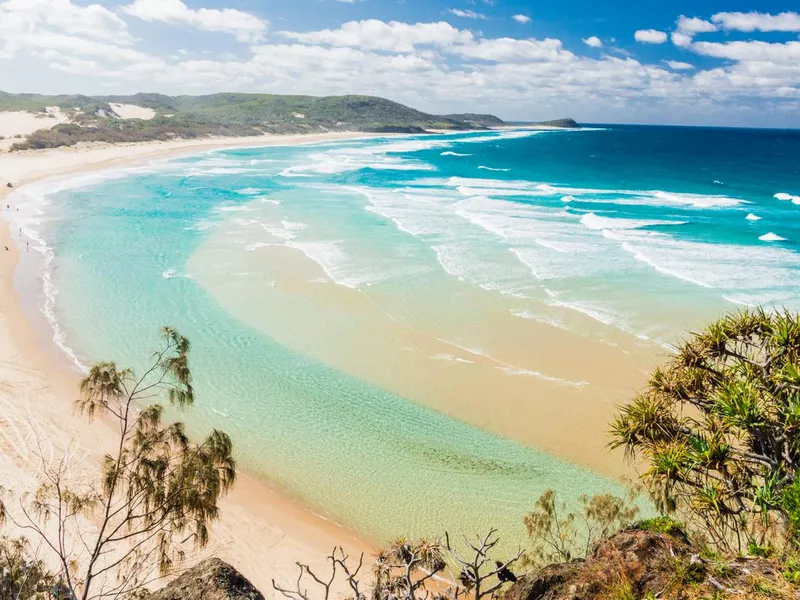
bjuerges / Getty Images
Also known as K'gari, Fraser Island earned its UNESCO listing for being the largest sand island in the world. This truly unique place is blessed with 155 miles of sand that are surrounded by pale blue water. Inland, tropical rainforest grows right on the sand, and over 40 freshwater lakes bring diversity to the landscape.
You can arrive by either ferry or sea plane to this paradise on Earth.
Uluru-Kata Tjuta National Park
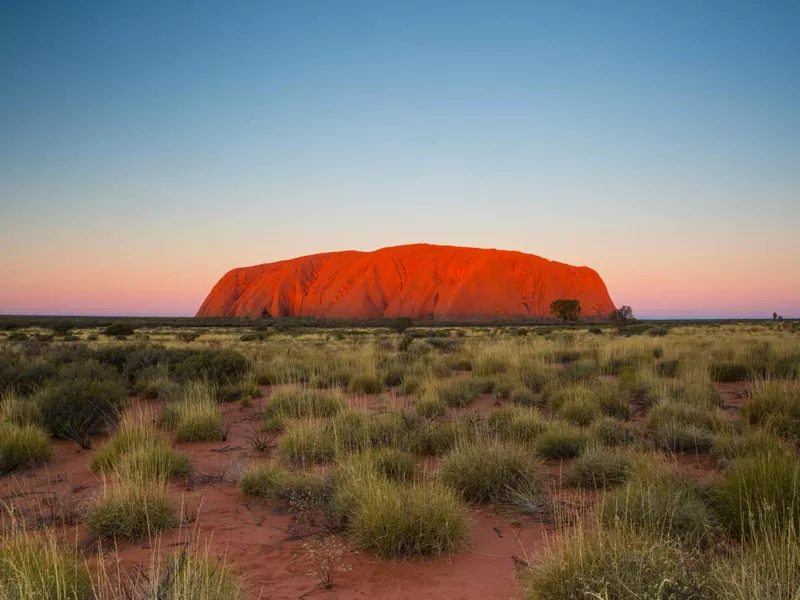
FiledIMAGE / Getty Images
Uluru-Kata Tjuta National Park is named after its two most distinctive landmarks. The first is Uluru Rock, a gigantic monolith that juts out of the vast desert of Australia's Red Center. Kata Tjuta is a collection of red rock domes also known as the Olgas.
Both are sacred to the Anangu people, who have lived in the area for more than 22,000 years. The rock formations hold cultural as well as geological value and are some of the country's most iconic sights.
Shark Bay
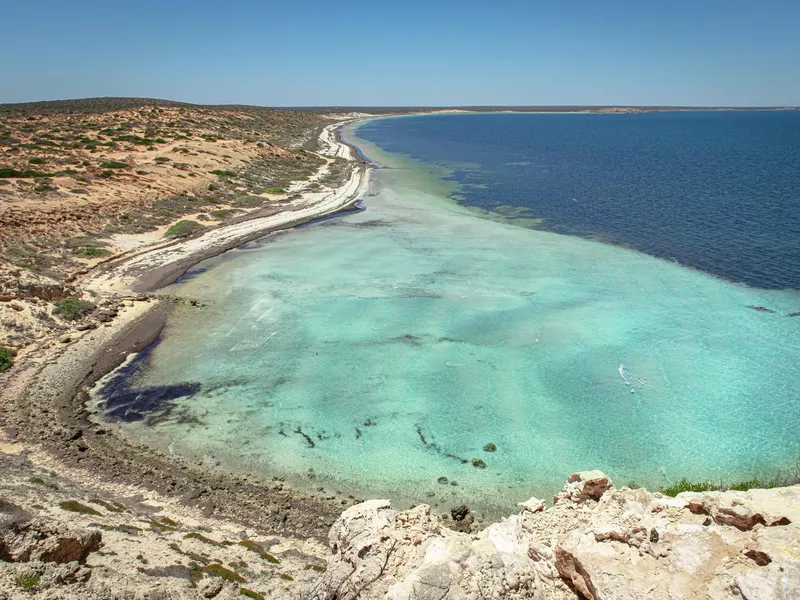
Damian Lugowski / Getty Images
Don't be intimidated by the name, and plan to visit Shark Bay. Sitting at the westernmost point of Australia, this UNESCO site doesn't receive as many visitors as other landmarks. And while it's somewhat remote, the experience is worth the effort.
You'll find the largest seagrass beds in the world and healthy colonies of numerous endangered animals. Keep an eye out for dugongs, a manatee-like animal that's nicknamed the sea cow.
Sydney Opera House
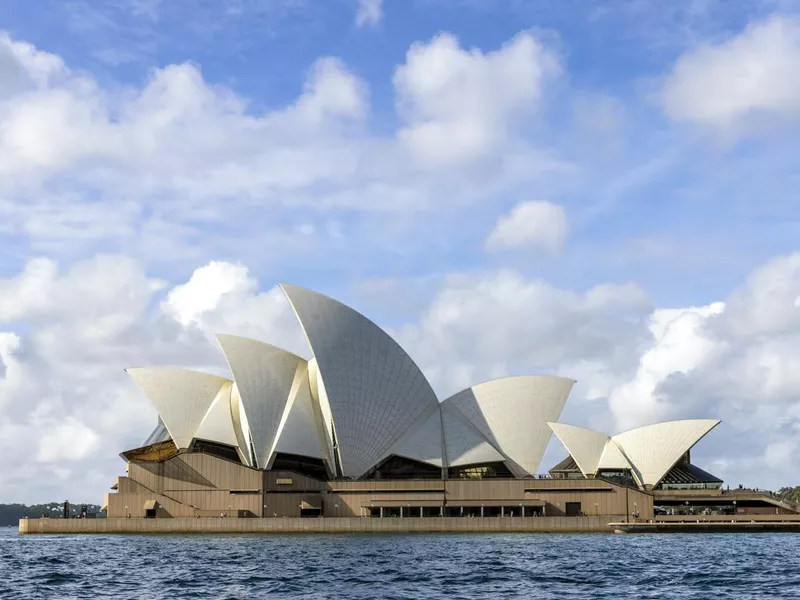
imamember / Getty Images
Perhaps Australia's most recognizable symbol, the Sydney Opera House is unmissable while on a trip to the large island.
UNESCO explains it best: "Its significance is based on its unparalleled design and construction; its exceptional engineering achievements and technological innovation and its position as a world-famous icon of architecture. It is a daring and visionary experiment that has had an enduring influence on the emergent architecture of the late 20th century."
Naracoorte Caves National Park
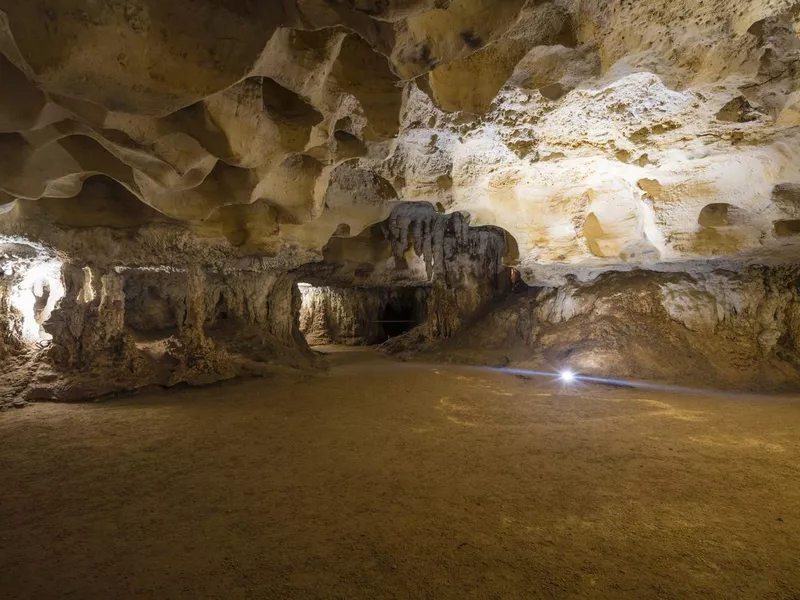
ymgerman / Getty Images
Naracoorte is included within the Australian Fossil Mammal Sites, which also includes Riversleigh in the south of the country. Both sites have significant fossil deposits that have provided insight into the evolution of Australia's unique mammals.
We've chosen it over its partner because it makes for a really interesting destination. At the national park, you can visit caves and see the deposits of the continent's extinct megafauna. You can also go on a caving adventure or participate in educational activities.
Royal Exhibition Building and Carlton Gardens
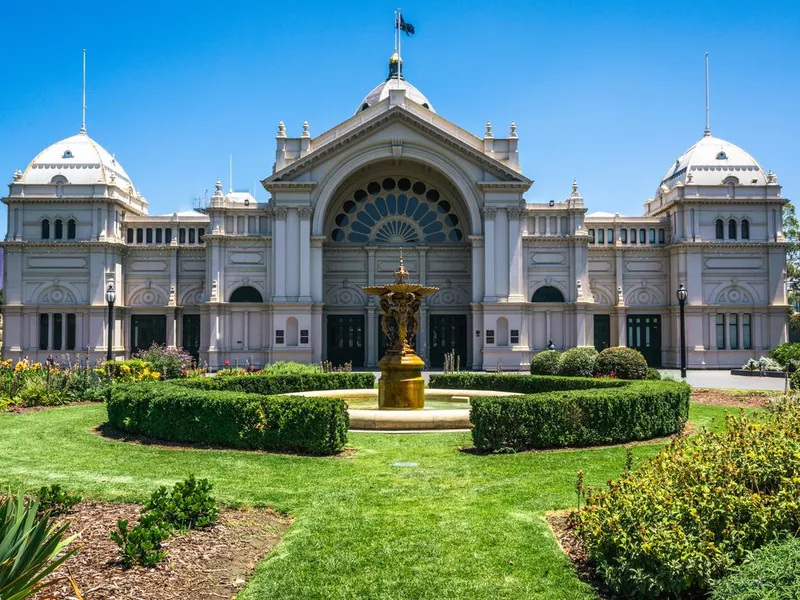
Julien Viry / Getty Images
After the Sydney Opera House, the Royal Exhibition Building and Carlton Gardens is Australia's most impressive building. It's also one of Melbourne's must-see landmarks. The building was made for the 1880 and 1888 international exhibitions and combines a number of architectural styles, including Byzantine, Italian renaissance and Romanesque.
UNESCO calls it a vestige of the importance of international exhibitions in the 19th and 20th centuries.
Tasmanian Wilderness
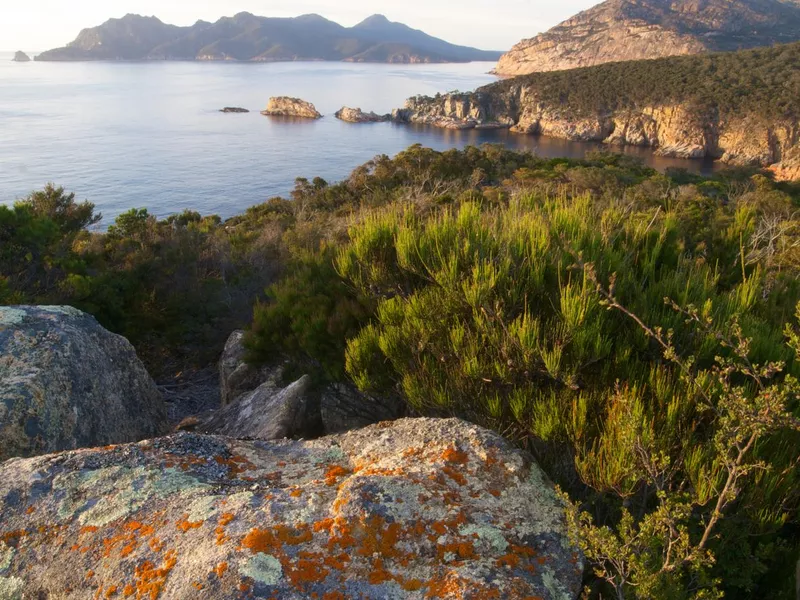
Byronsdad / Getty Images
Tasmania is unique even within the context of Australia. About 25 percent of the island is protected land recognized by UNESCO — this is about 2.5 million acres! Within it, you'll find a large temperate rainforest, limestone caves that hide ancient paintings, steep gorges and other impressive landscapes.
While visiting, you'll get a chance for some cool wildlife encounters, including seeing the famed Tasmanian devil.
To read more related content on Far & Wide, check out these articles:

